Frontier Women and Their Art

Frontier Women and Their Art
A Chronological Encyclopedia
Mary Ellen Snodgrass
ROWMAN & LITTLEFIELD
Lanham Boulder New York London
Published by Rowman & Littlefield
An imprint of The Rowman & Littlefield Publishing Group, Inc.
4501 Forbes Boulevard, Suite 200, Lanham, Maryland 20706
www.rowman.com
Unit A, Whitacre Mews, 26-34 Stannary Street, London SE11 4AB
Copyright 2018 by The Rowman & Littlefield Publishing Group, Inc.
All rights reserved . No part of this book may be reproduced in any form or by any electronic or mechanical means, including information storage and retrieval systems, without written permission from the publisher, except by a reviewer who may quote passages in a review.
British Library Cataloguing in Publication Information Available
Library of Congress Cataloging-in-Publication Data
Names: Snodgrass, Mary Ellen, author.
Title: Frontier women and their art : a chronological encyclopedia / Mary Ellen Snodgrass.
Description: Lanham : Rowman & Littlefield, 2018. | Includes bibliographical references and index.
Identifiers: LCCN 2018005302 | ISBN 9781538109755 (cloth : alk. paper)
Subjects: LCSH: Women artistsUnited StatesEncyclopedias. | Women pioneersUnited StatesEncyclopedias.
Classification: LCC N8354 .S63 2018 | DDC 704/.042092dc23 LC record available at https://lccn.loc.gov/2018005302
 The paper used in this publication meets the minimum requirements of American National Standard for Information SciencesPermanence of Paper for Printed Library Materials, ANSI/NISO Z39.48-1992.
The paper used in this publication meets the minimum requirements of American National Standard for Information SciencesPermanence of Paper for Printed Library Materials, ANSI/NISO Z39.48-1992.
Printed in the United States of America
For my friend, Sharyn Hughes
A woman on the frontier is so cherished and appreciated because she has the courage to live out there.
Elizabeth Bacon Custer
Always marry a Texas woman: Whatever happens, shes seen worse.
frontier wisdom
Preface
Frontier Women and Their Art surveys the crafts and talents of a variety of creators and originators occupying the American wilderness, from the swamps of Louisiana and the outback of the Ozarks to the Far West territories before they emerged as states. An examination of trans-Mississippi history enlightens the reader, student, teacher, librarian, museum curator, and arts and womens historian on 122 known outlets for womens originality, including fashion design, upholstery, landscaping, dyeing and weaving, basketry, watercolors, sharpshooting and knife throwing, taxidermy, trick riding, aerial gymnastics, and lion taming. The chronology lists events and technological advances that influenced artisans, particularly white-Indian negotiations, religious missions, and the protection of prairie routes and telegraphy and railroad crews by U.S. Army forts. Examples of additional Western milestones accentuate laudable traits on the creative projects that survive from the past.
Entries acclaim the most famous frontier creators: travel writer Ellen Browning Scripps, Little House memoirist Laura Elizabeth Ingalls Wilder, Hawaiian mission coordinator and seamstress Sybil Moseley Bingham, historian Jane Johnston Schoolcraft, homebuilder Juana Briones de Miranda, Mormon polemicist Eliza Roxcy Snow Smith Young, native crafters Datsolali and Nampeyo, and citrus hybridizer Eliza Maria Lovell Tibbets. In addition, there are journal keepers and letter writers who penned accounts of their own struggles and endeavors, particularly the aims of Russian entrepreneur Natalia Alexeyevna Kozhevina Shelikhova in Alaska and the post-Little Big Horn outrage of author Elizabeth Clift Bacon Libbie Custer at diminution of her husbands reputation. Harmonized like chorales, the individual voices compose a paean to womens reactions to frontier history and fame.
Individual female responses to the wilderness alerted womens historians to the daring of pioneers sailing to Hawaii, trekking to the Pacific Northwest, and navigating the two-thousand-mile Oregon Trail, ventures made perilous by accidents, Indian ambush, blizzards, outbreaks of cholera and malaria, and starvation. Brief biographies of each artisan link life strands to losses and triumphs as remarkable as Mary Elizabeth Libby Squirrel Tooth Alice Haley Thompsons captivity by a Comanche tribe at age nine, the murder of missionary Narcissa Whitman by angry Cayuse, Rachel Bella Kahn Calofs motherhood in a 12' 14' hut, and the publication of My Antonia and Death Comes for the Archbishop by Willa Cather. Many witnessed profound social change, notably, Mary Ann Stucki Hafen and Mary Jane Mount Tanner, the plural wives of Latter Day Saints, and star coloratura Eliza Frances Brewer Ostinelli Biscaccianti, who introduced European opera classics to the San Francisco stage. Analysts fill in historical gaps with surmise about dates and places, causes of deracination and migration, and the hopes of turning homesteads into profitable farms and ranches and talents into careers.
Concluding lists of female artists by genre and state enable readers to expand research into Mormon handcarter hymnography, Native American beading and quilling, Episcopal mission classes in knitting and dentelle and Battenberg lace making, and surviving examples of the bears paw quilt pattern and art nouveau. A glossary of artisanal terms particularizes anapestic and iambic verse, the source of sparkle in micaceous water canteens and ollas, and womens literary accomplishments in fable, Jim Crow satire, apologetics, memento mori, and burletta. A comprehensive index of female artists and secondary topics notes multiple references to troubling issuesthe stranding of the Donner Party, polygyny, Comancheros, financial panicsand the significance of Pikes Peak, railroads, Aloha Oe, and letters and newspapers, two of the few sources of access to women writers.
Acknowledgments
Katie Adams, curator, and Candice Bannister, executive director, Tread of Pioneers Museum, Steamboat Springs, Colorado
Susan Bartholomew, director, Springville Carnegie Library, Springville, Utah
Katie Biehl, reference, Bozeman Public Library, Bozeman, Montana
Scott Brouwer, archivist, La Crosse Public Library, La Crosse, Wisconsin
Nora Cady, administrative director, Rainier Connect, Tacoma, Washington
Alicia Christensen, reference, Mesa Public Library, Mesa, Arizona
Alice Christophe, ethnology collections manager, Bishop Museum, Honolulu, Hawaii
Jennifer Cutting, folklife specialist, Library of Congress, Washington, D.C.
Davidson University Library, Davidson, North Carolina
Connie Durocher, manager, Alexander P. Alain Library, Franklin, Louisiana
Don Edmund, owner, Pioneer Store Museum, Chloride, New Mexico
Michael D. Fox, curator, Museum of the Rockies, Bozeman, Montana
Jessica Fretty, visitor services, North Dakota Department of Commerce, Bismarck, North Dakota
Jennifer Guida, curator, Collier County Museum, Naples, Florida
Mary Jane Hall, historian, Clinton, Arkansas
Jennifer L. Higa, executive director, Hawaiian Historical Society, Honolulu, Hawaii
Jackson Library, UNC, Greensboro, North Carolina
Laurie B. Jayson, manager, Visitor Information Center, Fredericksburg, Texas
Laraine Daly Jones, collections manager, Arizona History Museum, Tucson, Arizona
Carolyn Krumanocker and Sherry Massey, researchers, Oklahoma Historical Society, Oklahoma City, Oklahoma
Marty Lamm, secretary, Florence Pioneer Museum, Florence, Colorado
Julia Lopez, chair, Republic of Texas Museum, Texas
Jaime Marr, executive director, Sundre Pioneer Museum, Sundre, Alberta
Next page
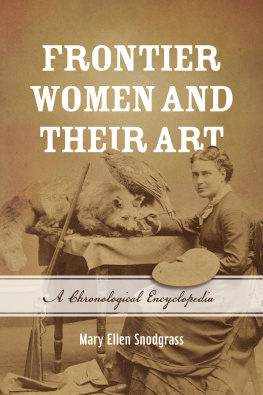

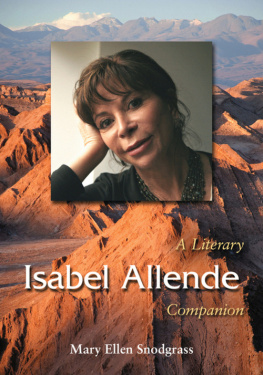

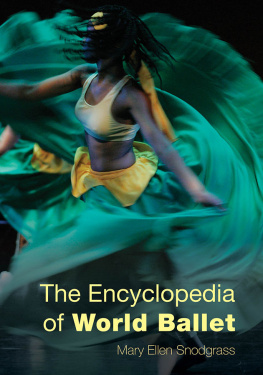

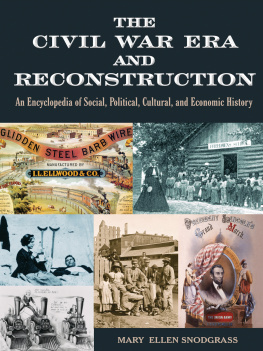
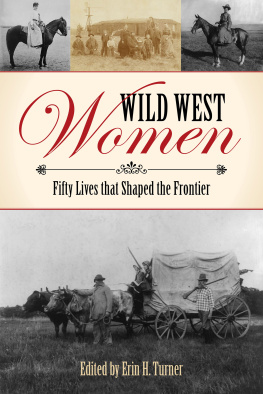
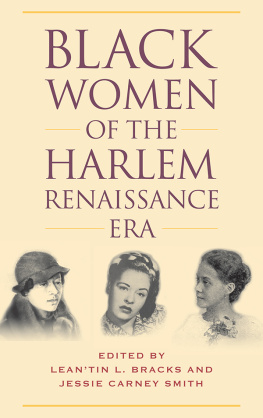
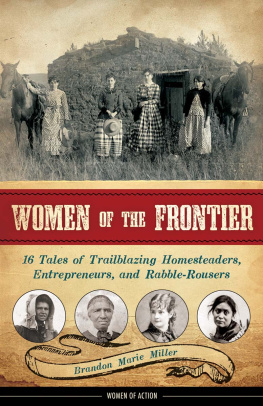

 The paper used in this publication meets the minimum requirements of American National Standard for Information SciencesPermanence of Paper for Printed Library Materials, ANSI/NISO Z39.48-1992.
The paper used in this publication meets the minimum requirements of American National Standard for Information SciencesPermanence of Paper for Printed Library Materials, ANSI/NISO Z39.48-1992.